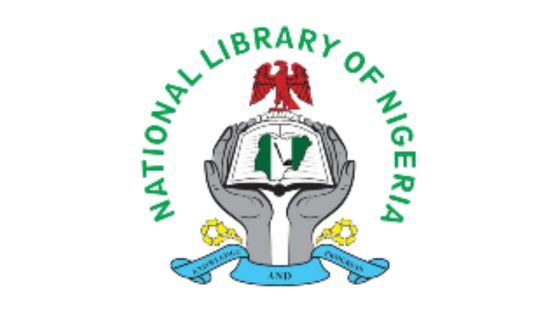Abstract
In this article, a career drafter of United States Federal legislation expresses his views on the prospects for standardising legislative drafting techniques worldwide.
Specifically, the article--
- briefly traces the evolution of United States Federal legislative drafting, with an emphasis on the pragmatic, problem-solving character of the drafting, devoid of academic theory;
- sets forth a 5-step framework for understanding current Federal legislative drafters practice, which may serve as a checklist for converting a legislative proposal into actual draft legislation;
- critiques, using the 5-step American approach, particular examples of legislation from Commonwealth countries and the United States to recommend areas where drafting may be standardised worldwide; and
- identifies specific rule-of-law values that would be promoted by increased standardisation.
The standardisation of statutory writing is both a worthy goal and a growing trend worldwide. The United States, through the evolution of its Federal legislative drafting practices, has furthered that goal, with the effect not only of enhancing the quality of our domestic law but also of serving as a model internationally. This American model emerged only after many years of trial and error in drafting an ever-increasing volume of legislation2 but now may save legislative drafters of emerging democracies this self-
corrective process. A look at how this model emerged and what this model teaches, therefore, seems warranted.
But first, before we proceed further, let us be clear about what we mean by "standardisation". Narrowly viewed, "standardisation in drafting" is nothing more than applying a uniform structure to legislation, ensuring that the style, numbering, and margin indents are consistent throughout each bill. This uniformity of style is entirely arbitrary and, by itself, does not favour the legislation of any one country. In another, broader sense, however, "standardisation in drafting" is the application of those techniques, methods, and rules that ensure that legislation is written well within the context of our democratic values. In short, "standardisation" means best practices in legislative drafting, and it does not mean uniformity in legislative procedures, conformity of drafting processes, or efficiencyin the substantive law. standardisation of drafting can aid the legal system of any democracy.



 National Library of Nigeria
National Library of Nigeria.jpg) Association of Nigerian Authors
Association of Nigerian Authors Nigerian Library Association
Nigerian Library Association EagleScan
EagleScan Crossref
Crossref